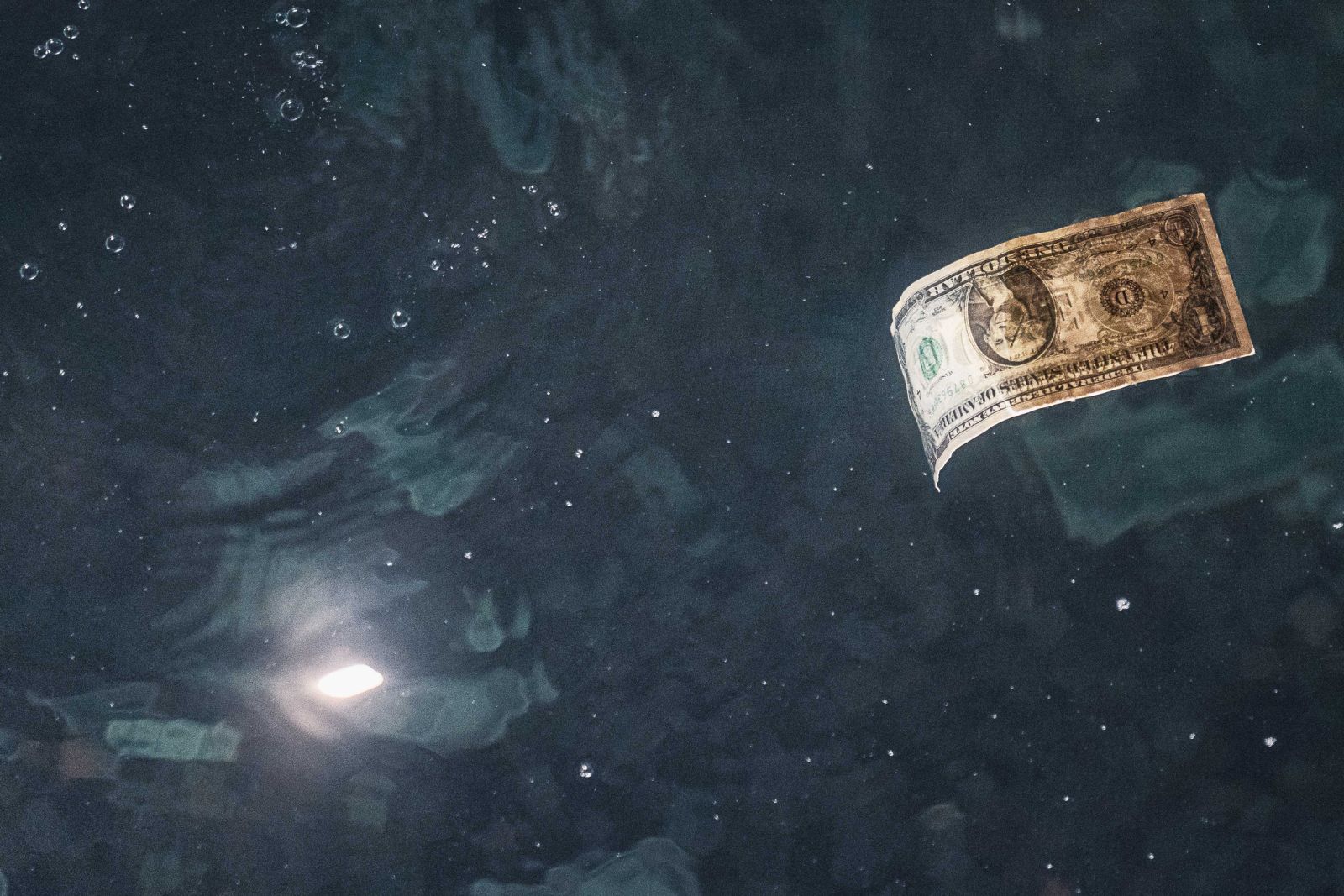
The dollar index (DXY00) Thursday rose by +0.47%. The dollar posted moderate gains Thursday after bond yields rose on hawkish comments from Kansas City Fed President Schmid who said he wants to see more economic data before supporting any decision to begin cutting interest rates. Also, short covering ahead of Fed Chair Powell’s comments at the Fed’s annual symposium at Jackson Hole, Wyoming on Friday supported the dollar.
The dollar remained higher after weekly US continuing unemployment claims rose less than expected, signaling a stronger labor market that is hawkish for Fed policy. However, gains in the dollar were limited after the US manufacturing PMI index fell to its weakest level in 8 months. Also, dovish comments from Philadelphia Fed President Harker and Boston Fed President Collin were negative for the dollar when they said they supported a Fed rate cut next month.
US weekly initial unemployment claims rose +4,000 to 232,000, right on expectations. Weekly continuing claims rose +4,000 to 1.863 million, showing a stronger labor market than expectations of 1.870 million.
The S&P Aug US manufacturing PMI fell -1.6 to 48.0, weaker than expectations of 49.5 and the weakest level in 8 months.
US July existing home sales rose +1.3% m/m to 3.95 million, slightly stronger than expectations of 3.94 million.
Kansas City Fed President Schmid said he wants to see more economic data before supporting any decision to begin cutting interest rates, as demand could pick up again if the Fed isn't careful.
Boston Fed President Collin said she expects the Fed to begin easing interest rates soon, and "a gradual, methodical pace" of cuts is likely to be appropriate.
Philadelphia Fed President Harker said he is on board with a September interest rate cut if data is as expected and that "a slow, methodical approach to lowering rates is the right way to go."
The markets are discounting the chances at 100% for a -25 bp rate cut at the Sep 17-18 FOMC meeting and at 25% for a -50 bp rate cut at that meeting.
EUR/USD (^EURUSD) Thursday fell by -0.34%. The euro was under pressure Thursday from a stronger dollar. Also, signs of slower wage growth in the Eurozone are dovish for ECB policy and negative for the euro after the ECB reported that Q2 wage growth eased from Q1. The euro extended its losses after the Eurozone Aug consumer confidence index unexpectedly declined.
The S&P Aug Eurozone manufacturing PMI fell -0.2 to 45.6, weaker than expectations of no change at 45.8. However, the Aug Eurozone composite PMI unexpectedly rose +1.0 to 51.2, stronger than expectations of a decline to 50.1.
The ECB reported that Q2 Eurozone negotiated wage growth eased to +3.6% y/y from +4.7% y/y in Q1.
The Eurozone Aug consumer confidence index unexpectedly fell -0.4 to -13.4, weaker than expectations of an increase to -12.6.
The summary of the ECB's July 17-18 policy meeting stated that "The September meeting was widely seen as a good time to re-evaluate the level of monetary-policy restriction as new economic data and a new set of staff projections would be available."
Swaps are discounting the chances of a -25 bp rate cut by the ECB at 97% for the September 12 meeting.
USD/JPY (^USDJPY) Thursday rose by +0.69%. The yen came under pressure Thursday after the Nikkei Stock Index rallied to a 3-week high, reducing safe-haven demand for the yen. Losses in the yen accelerated Thursday after T-note yields rose. However, Thursday’s Japanese PMI reports for August showed economic strength and supported the yen.
The Japan Aug Jibun Bank manufacturing PMI rose +0.4 to 49.5. Also, the Aug Jibun Bank services PMI rose +0.3 to a 4-month high of 54.0.
Swaps are pricing in the chances for a +10 bp rate hike by the BOJ at 0% for the September 20 meeting and at +10% for the October 30-31 meeting.
December gold (GCZ24) Thursday closed down -30.80 (-1.21%), and September silver (SIU24) closed down -0.488 (-1.65%). Precious metals Thursday closed sharply lower. Precious metals prices were undercut Thursday by strength in the dollar and higher global bond yields. Also, hawkish comments from Kansas City Fed President Schmid weighed on gold when he said he wanted to see more economic data before supporting any decision to begin cutting interest rates. Silver prices gave up an early advance and turned lower after the S&P Aug US manufacturing PMI fell to its weakest level in 8 months, a negative factor for industrial metals demand.
On the positive side, dovish comments Thursday from Philadelphia Fed President Harker and Boston Fed President Collin were positive for gold demand as a store of value when they said they supported a Fed rate cut next month. Also, safe-haven demand for precious metals remains strong on concern that Iran may yet attack Israel as retaliation for the recent assassination of a Hamas political leader in Tehran.
On the date of publication, Rich Asplund did not have (either directly or indirectly) positions in any of the securities mentioned in this article. All information and data in this article is solely for informational purposes. For more information please view the Barchart Disclosure Policy here.






